Einführung
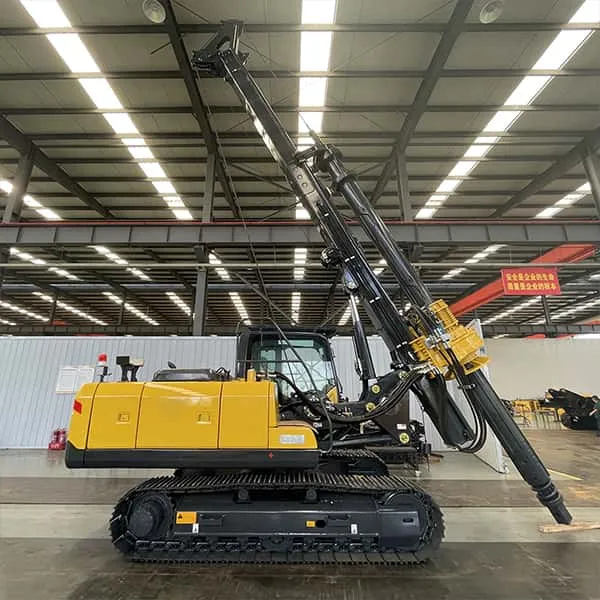
Choosing the right rotary drilling rig for your specific needs can be a challenging task, given the myriad of options available in the market today. A rotary drilling rig is a vital piece of equipment in the fields of construction, mining, and oil drilling. This comprehensive guide aims to provide you with all the necessary information to make an informed decision. We will cover the key considerations, types of rotary drilling rigs, features to look for, and much more.
Understanding Rotary Drilling Rigs
Before diving into the selection process, it’s essential to understand what a rotary drilling rig is and how it functions. A rotary drilling rig uses a rotating drill bit to bore holes into the earth’s surface. These rigs are crucial for various applications, including drilling for water wells, oil extraction, and geotechnical investigations.
Types of Rotary Drilling Rigs
There are several types of rotary drilling rigs, each designed for specific applications:
Land Rigs: These are used for onshore drilling activities. They vary in size from small, portable units to large, complex systems.
Offshore Rigs: Used for drilling beneath the ocean floor, including submersible rigs, semi-submersible rigs, and drillships.
Mobile Rigs: These are designed for easy transportation and quick setup, making them ideal for exploratory drilling.
Key Components of a Rotary Drilling Rig
- Drill Bit: The cutting tool that penetrates the earth.
- Derrick or Mast: The tall structure that supports the drill string.
- Drill String: The assembly of drill pipes and bits.
- Mud Pump: Circulates drilling fluid to cool the bit and remove cuttings.
- Power System: Provides the necessary power to operate the rig.
Key Considerations When Choosing a Rotary Drilling Rig
Application and Environment
The first step in selecting a rotary drilling rig is to determine its primary application and the environment in which it will operate. Different rigs are optimized for specific tasks, such as:
- Water Well Drilling: Requires rigs that can handle shallow to deep depths and varying soil conditions.
- Oil and Gas Drilling: Needs robust rigs capable of drilling deep wells in harsh environments.
- Geotechnical Drilling: Often involves portable rigs suitable for sampling and soil testing.
Depth and Diameter Requirements
The required depth and diameter of the boreholes significantly influence the type of rig you need. For example, deeper wells demand more powerful rigs with longer drill strings.
Mobility and Portability
Depending on your project, you might need a rig that is easily transportable. Mobile rigs are advantageous for exploratory drilling and projects that require frequent relocation.
Power Source
Rotary drilling rigs can be powered by various sources, including diesel engines, electric motors, and hydraulic systems. Choose a power source that aligns with your operational environment and logistical capabilities.
Features to Look for in a Drehbohrgerät
Drilling Speed and Efficiency
Look for rigs with high drilling speeds and efficiency ratings. This will help you complete projects faster and reduce operational costs.
Durability and Build Quality
Invest in a rig built with high-quality materials and components to ensure long-term durability and reliability, especially if operating in harsh conditions.
Sicherheitsvorrichtungen
Safety is paramount in drilling operations. Ensure the rig has essential safety features such as emergency shutoff systems, blowout preventers, and sturdy construction to protect operators.
Customizability and Upgrades
Select a rig that offers customization options and the potential for upgrades. This flexibility allows you to adapt the rig to evolving project requirements.
Manufacturer Support and Warranty
Consider the support and warranty provided by the manufacturer. A reliable support system ensures you can address any issues promptly and minimize downtime.
Cost Analysis
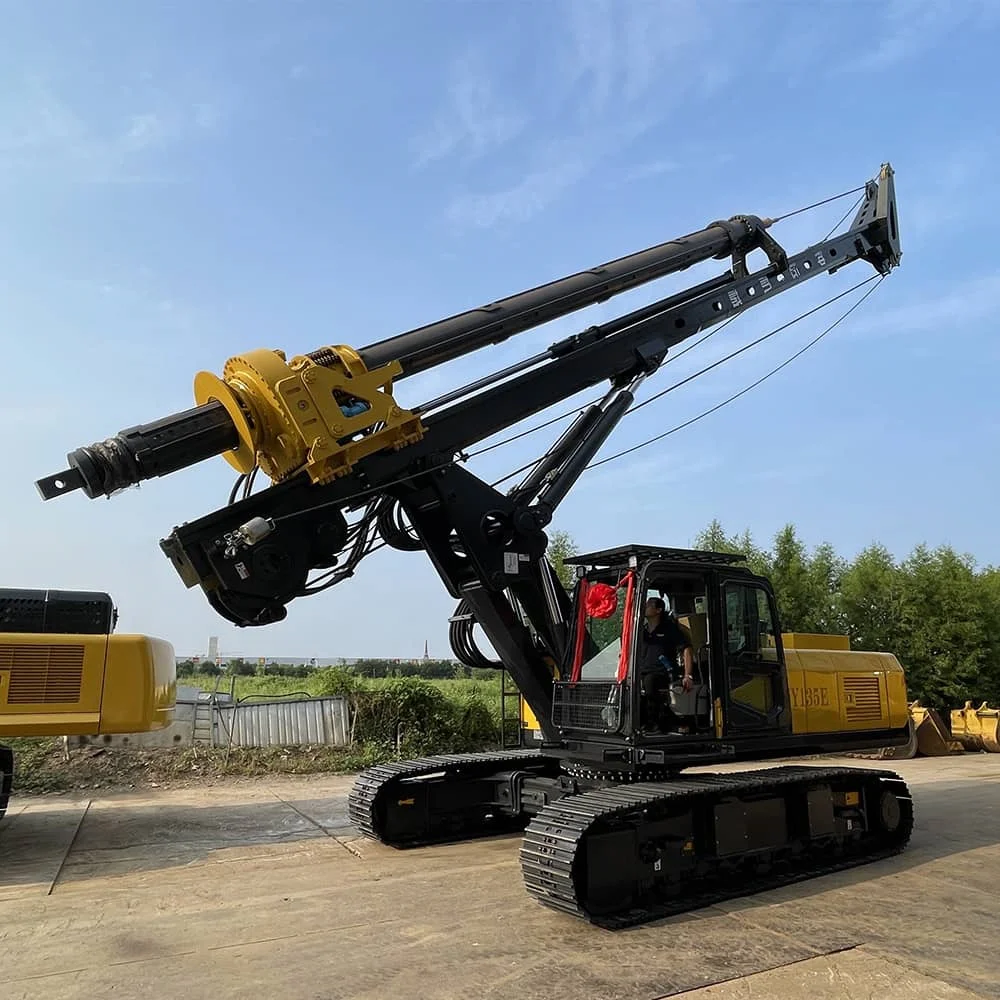
When choosing a rotary drilling rig, cost is a critical factor. It’s essential to balance the initial investment with the operational costs and potential return on investment (ROI). Here’s a simplified cost analysis table to help you evaluate the financial aspect:
| Feature | Low-Cost Rigs | Mid-Range Rigs | High-End Rigs |
|---|---|---|---|
| Initial Cost | $50,000 – $150,000 | $150,000 – $500,000 | $500,000 – $1,000,000+ |
| Maintenance Cost | Moderate | Low | Very Low |
| Drilling Speed | Low to Moderate | Moderate to High | High |
| Lifespan | 5-10 years | 10-20 years | 20+ years |
| ROI | Moderate | High | Very High |
Financing Options
Many manufacturers offer financing options or leasing arrangements. These can ease the initial financial burden and allow for more flexibility in your budget.
Abschluss
Selecting the best rotary drilling rig for your needs requires careful consideration of various factors, including the intended application, environment, depth and diameter requirements, mobility, power source, and cost. By understanding these key aspects and evaluating different features and specifications, you can make an informed decision that maximizes efficiency, safety, and ROI.
Remember, the right rotary drilling rig not only enhances your operational capabilities but also contributes significantly to the success of your projects. Investing in a high-quality rig tailored to your specific needs ensures longevity and reliability, making it a worthwhile investment for any drilling operation.
FAQ
What is the primary use of a rotary drilling rig?
A rotary drilling rig is primarily used for drilling boreholes into the earth’s surface for applications such as water well drilling, oil and gas extraction, and geotechnical investigations.
How do I determine the right size of a rotary drilling rig?
The size of the rig depends on the depth and diameter of the boreholes you need to drill. Deeper and wider boreholes require more powerful and larger rigs.
What are the maintenance requirements for a rotary drilling rig?
Regular maintenance includes checking and replacing worn-out parts, lubricating moving components, and ensuring the rig is clean and free of debris. Detailed maintenance schedules are usually provided by the manufacturer.
Can a rotary drilling rig be used in offshore drilling?
Yes, specific types of rotary drilling rigs, such as semi-submersible rigs and drillships, are designed for offshore drilling operations.
How can I improve the efficiency of my rotary drilling rig?
Improving efficiency involves regular maintenance, using high-quality drilling fluids, training operators properly, and ensuring the rig is operating at optimal conditions.
Are there any safety considerations for operating a rotary drilling rig?
Yes, safety is crucial in drilling operations. Ensure the rig has safety features like emergency shutoff systems and blowout preventers. Proper training for operators and adherence to safety protocols are also essential.


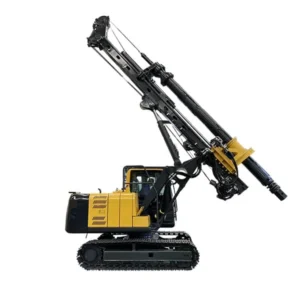
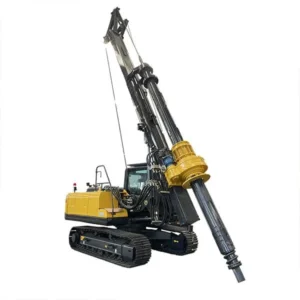
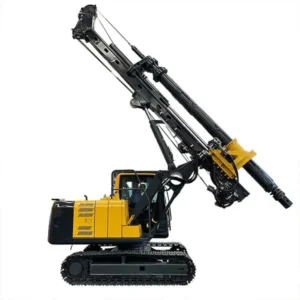




-150x150.webp)
